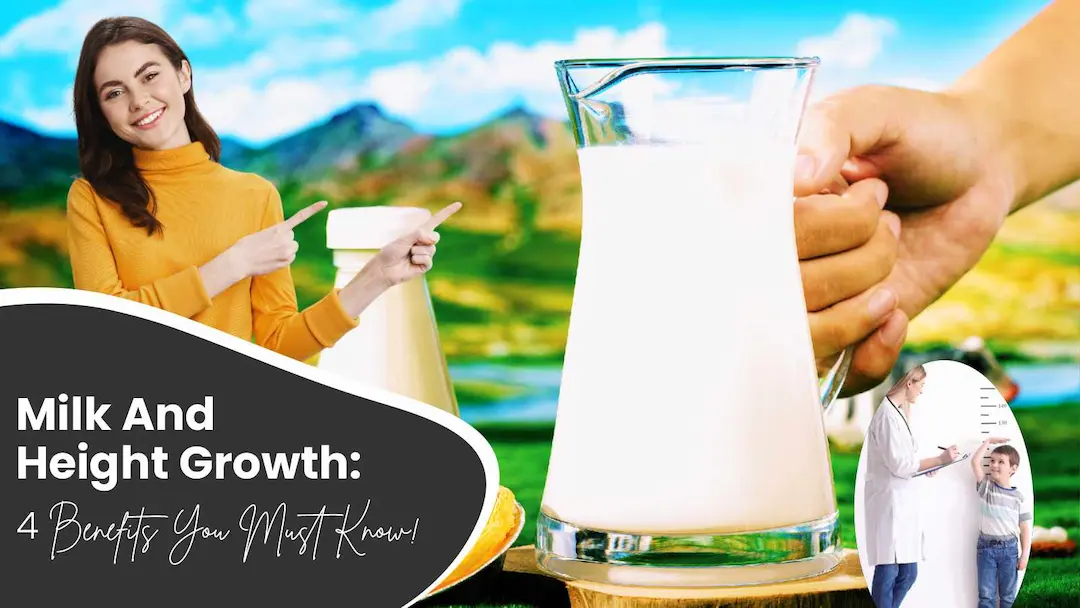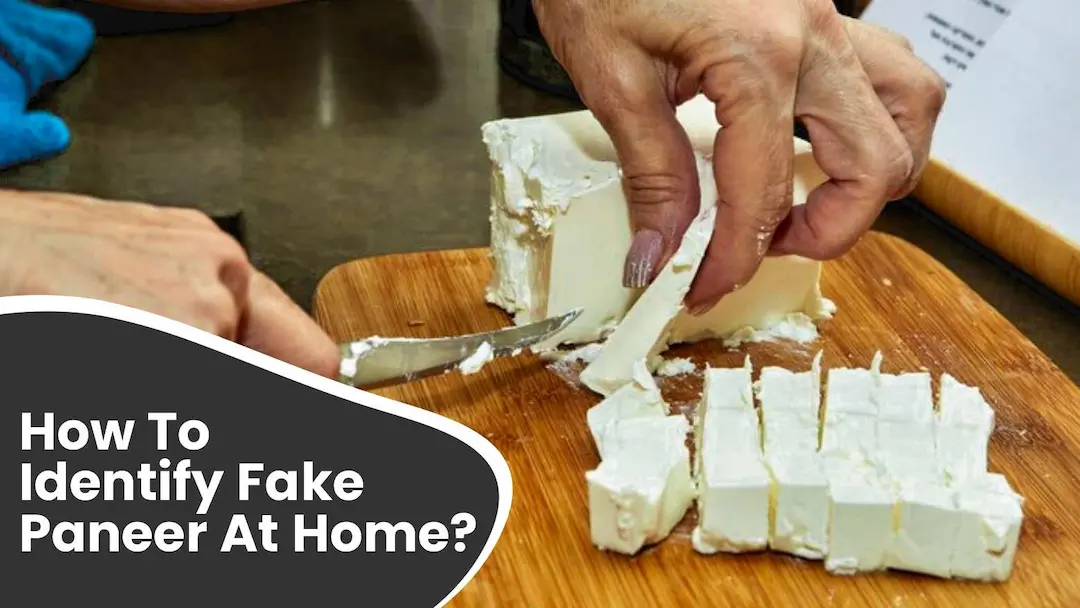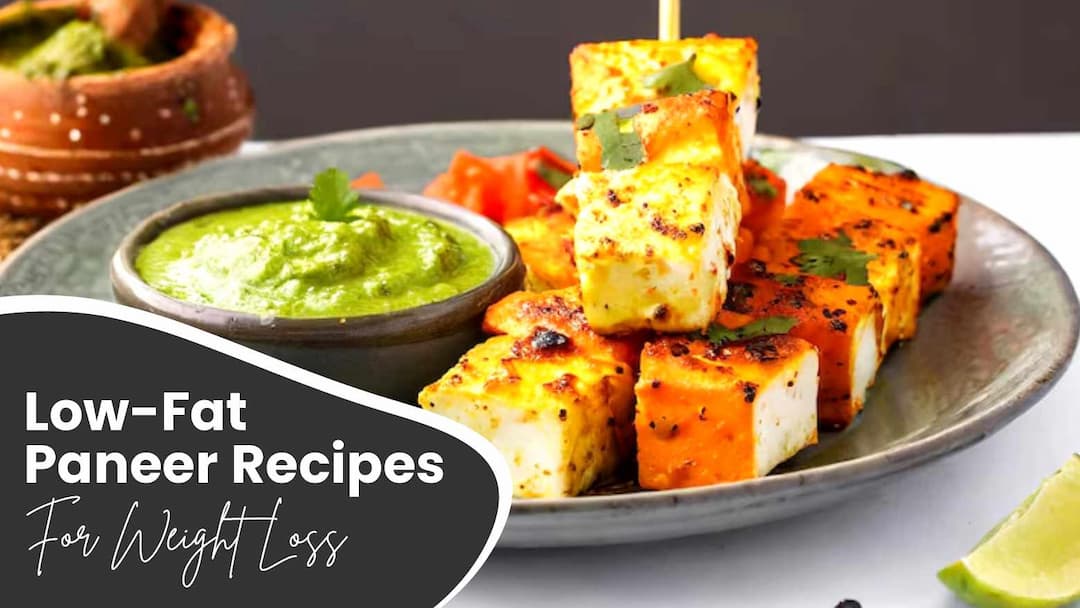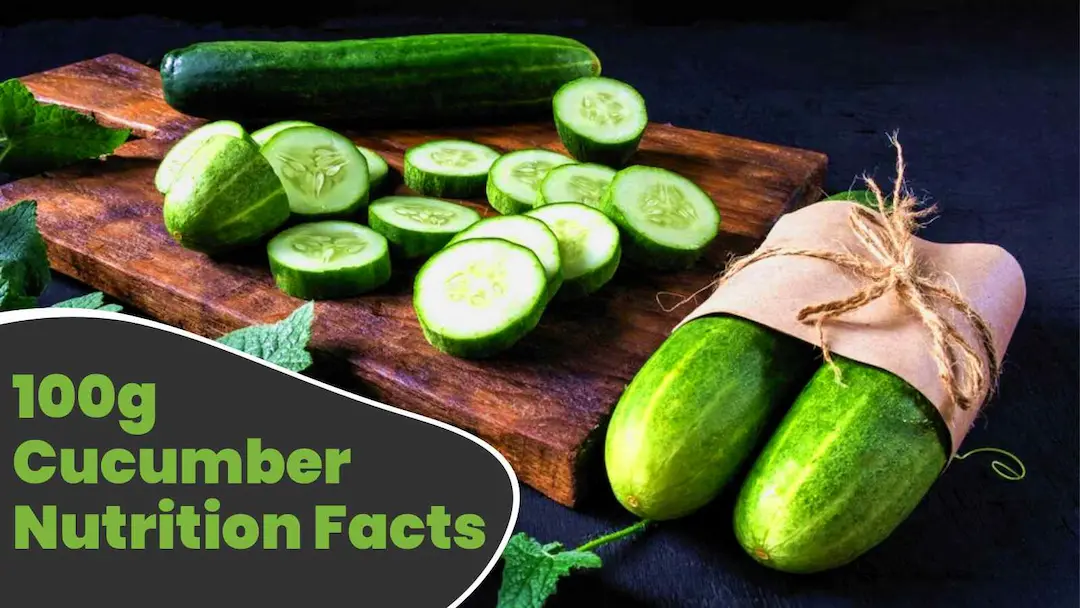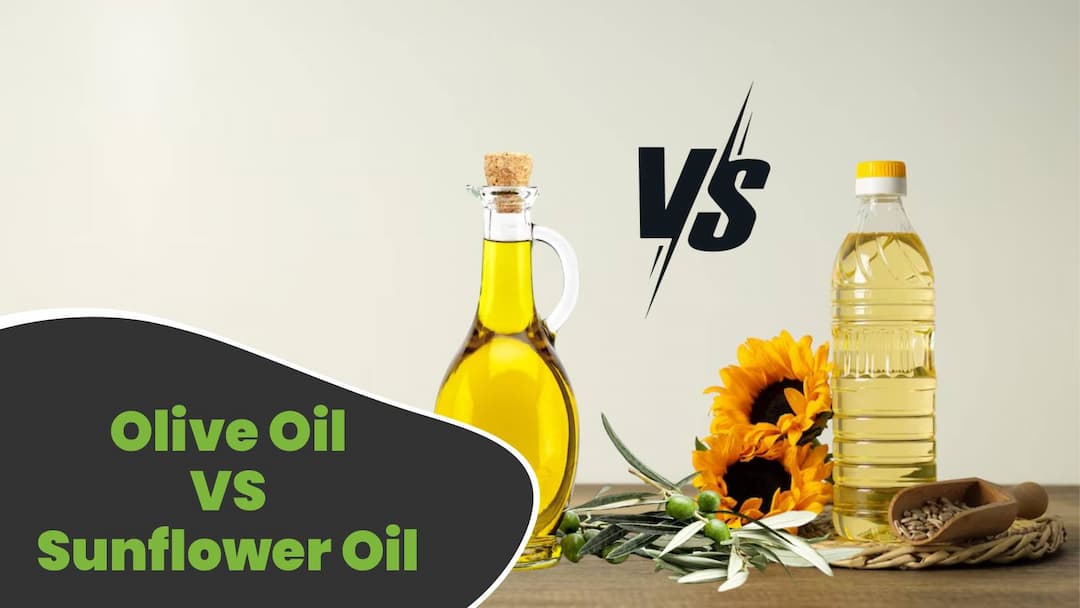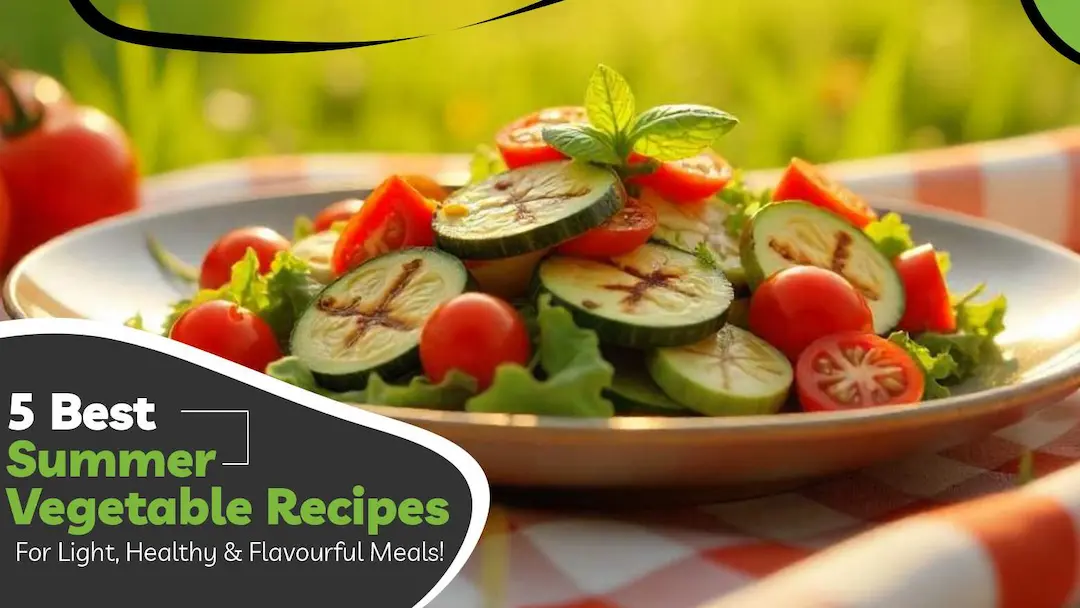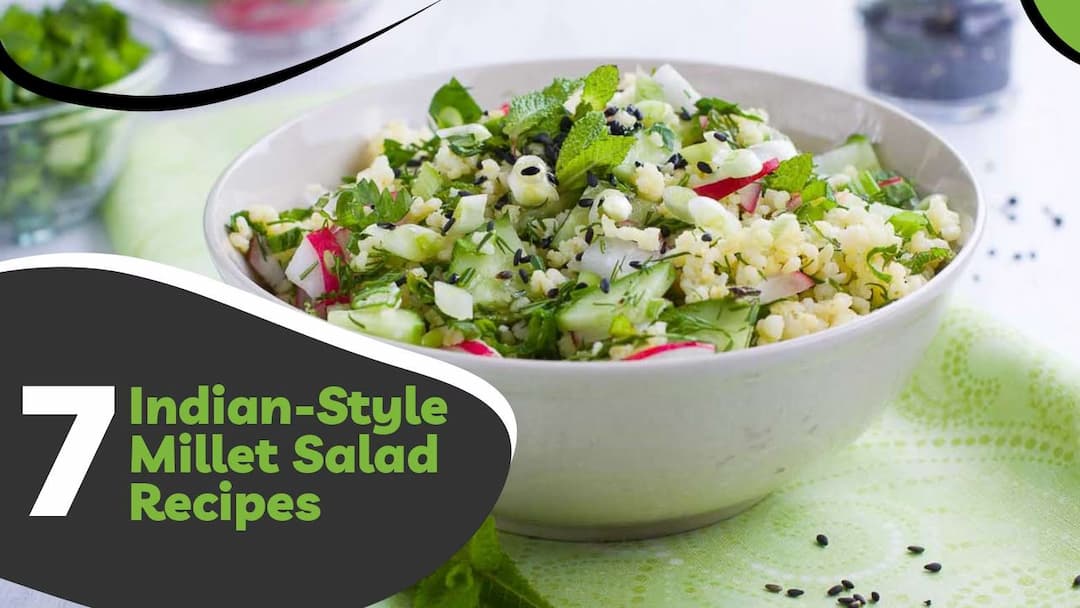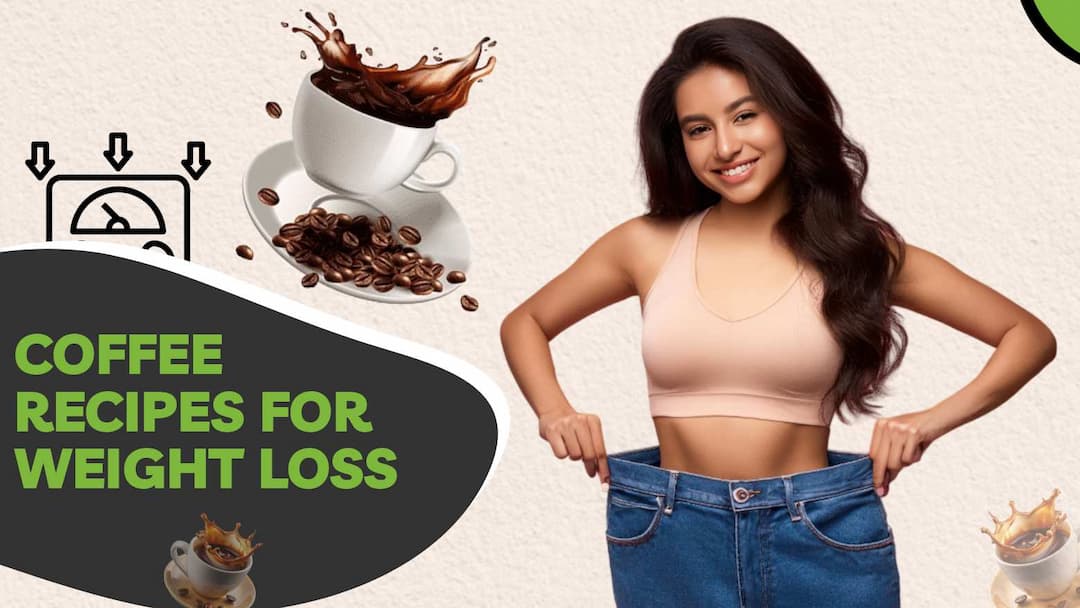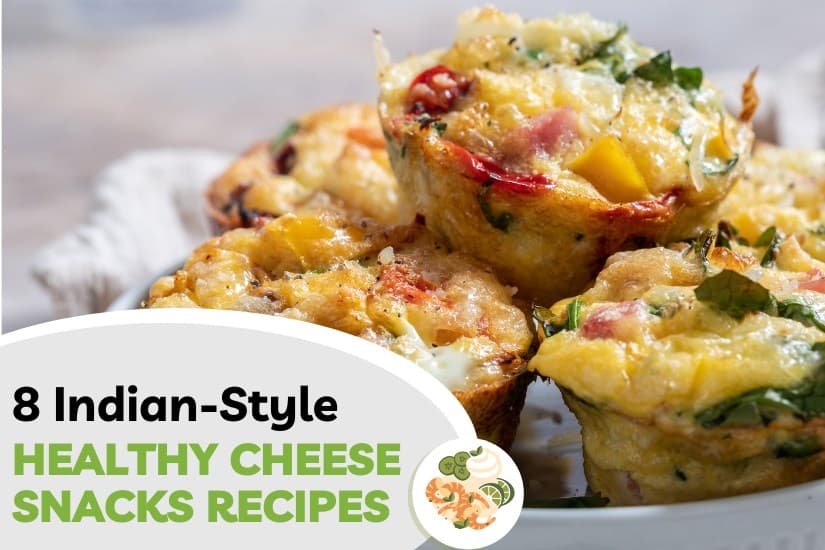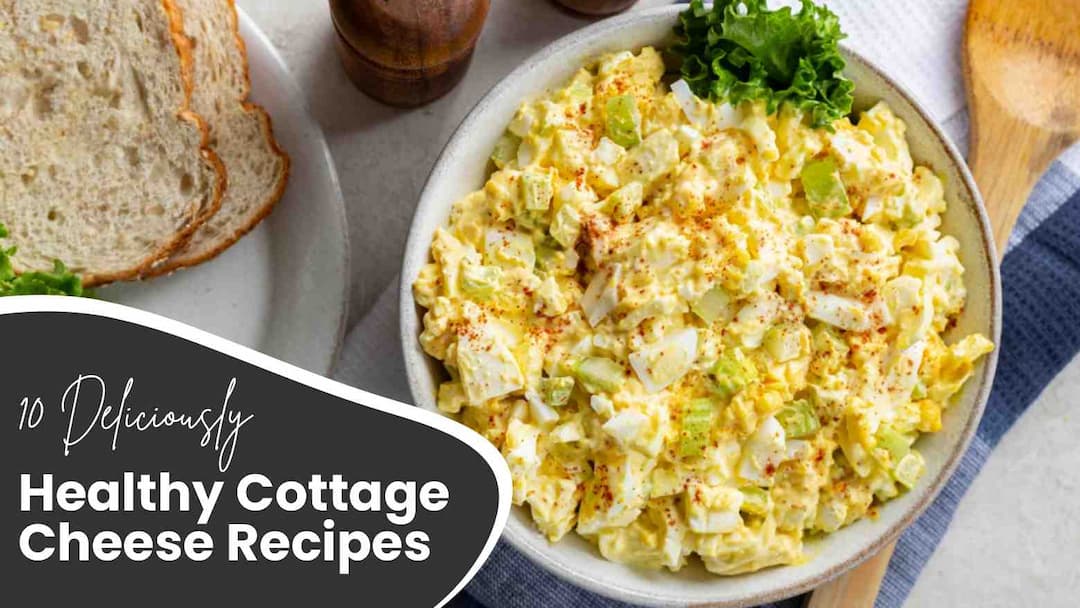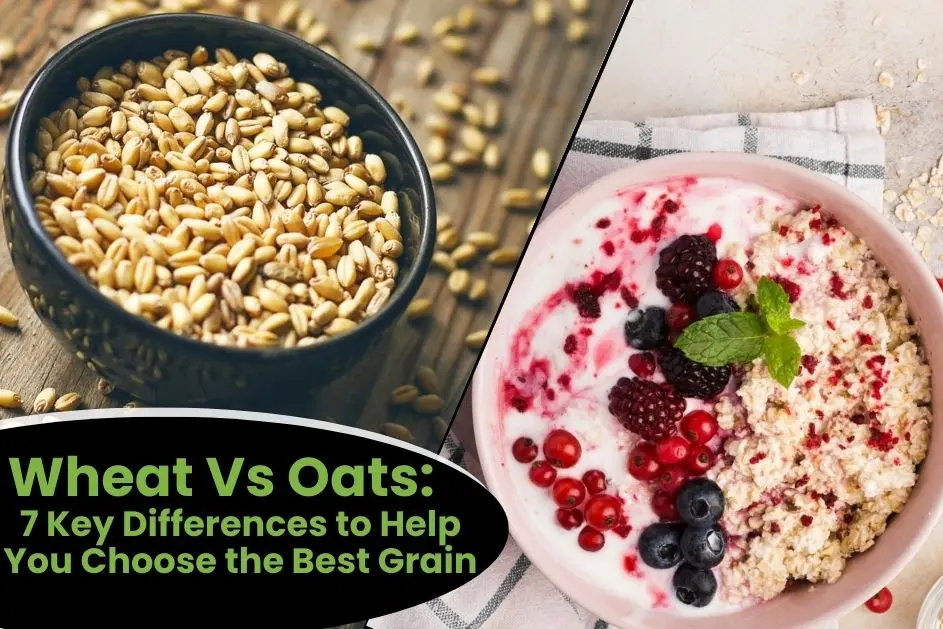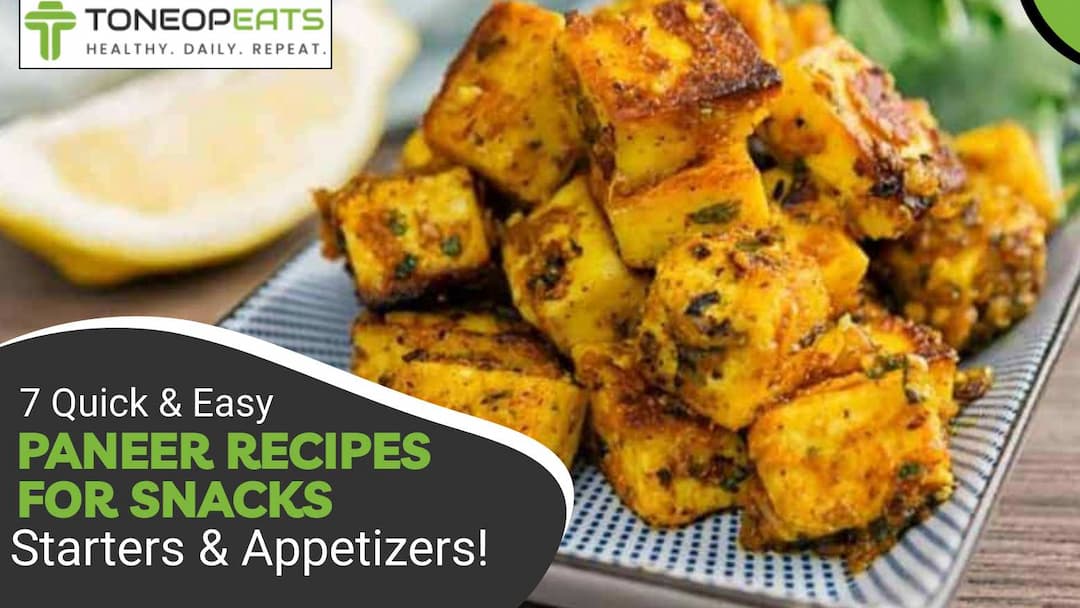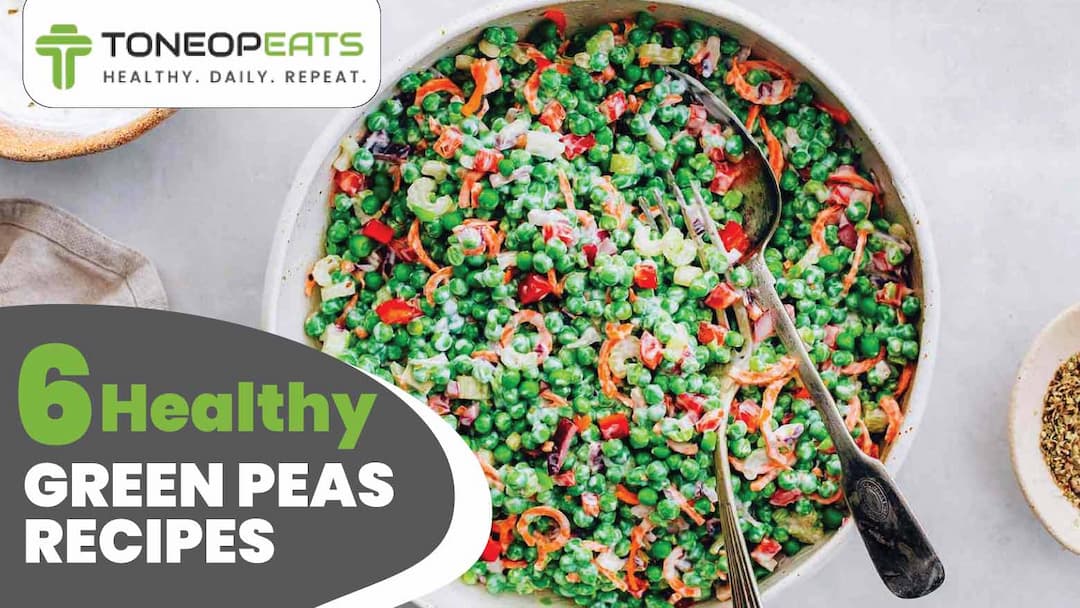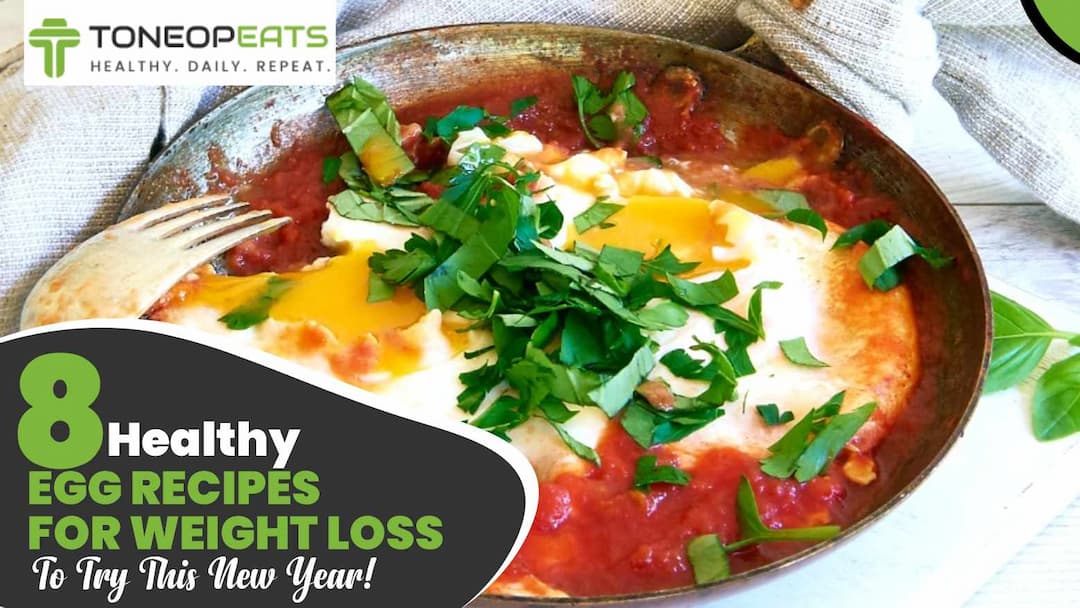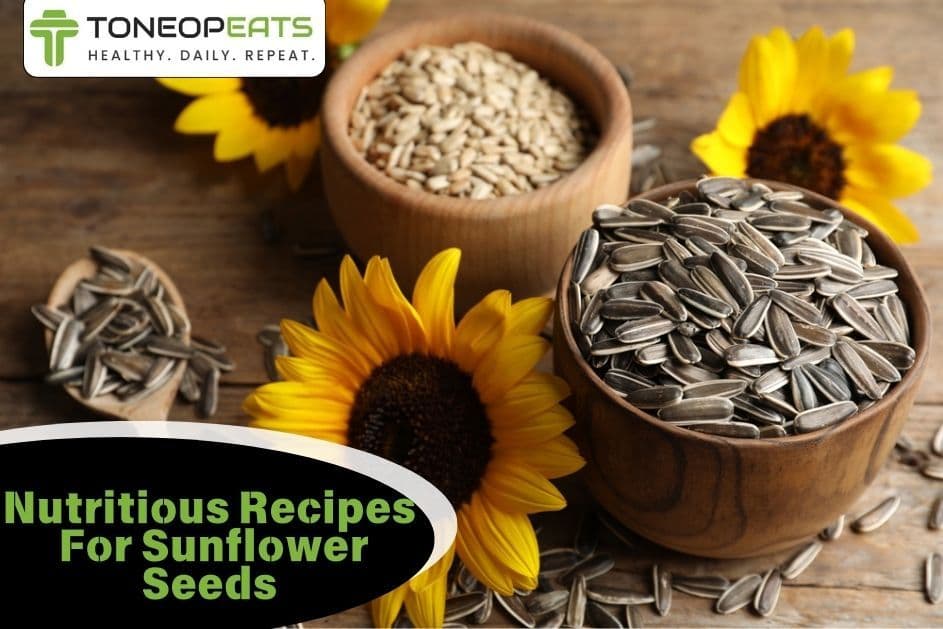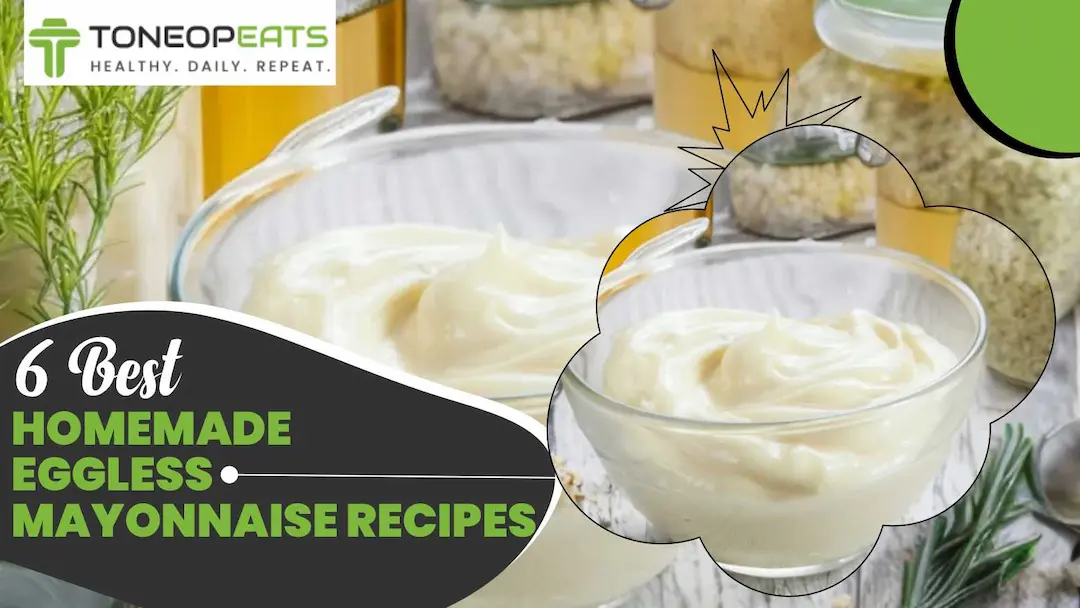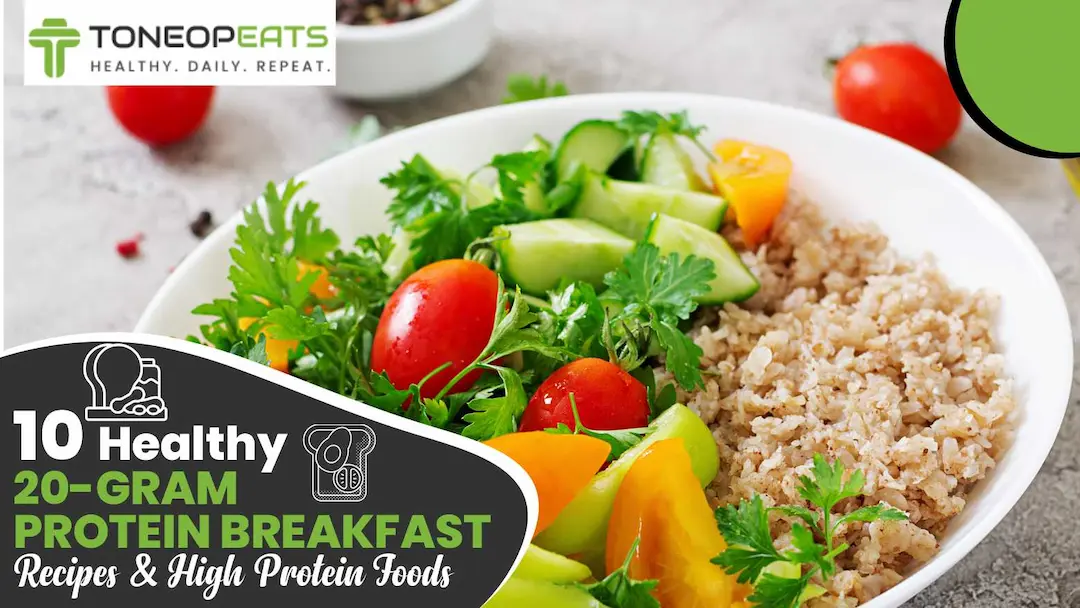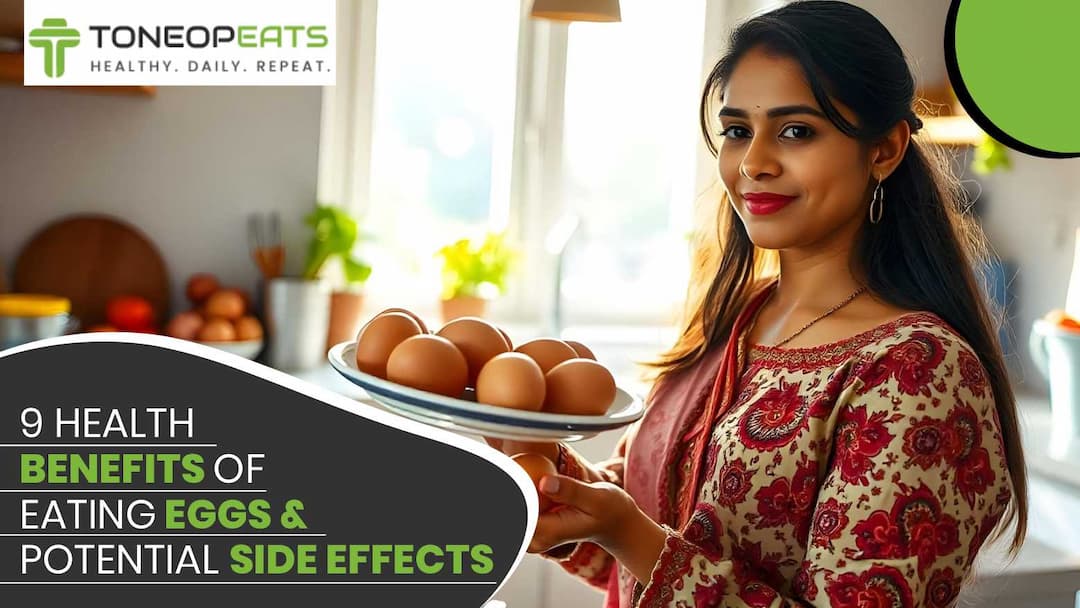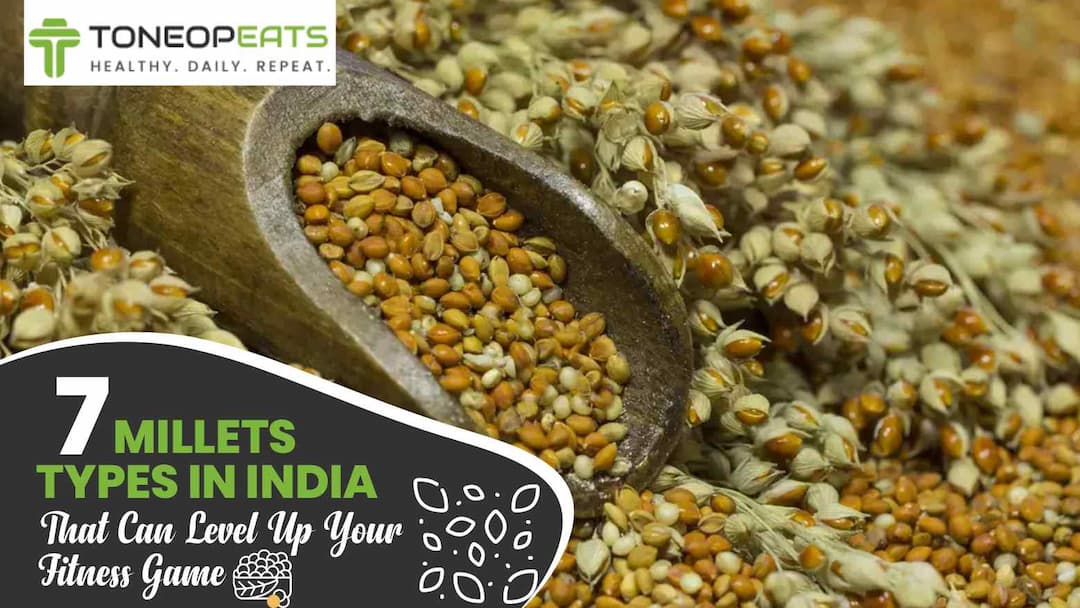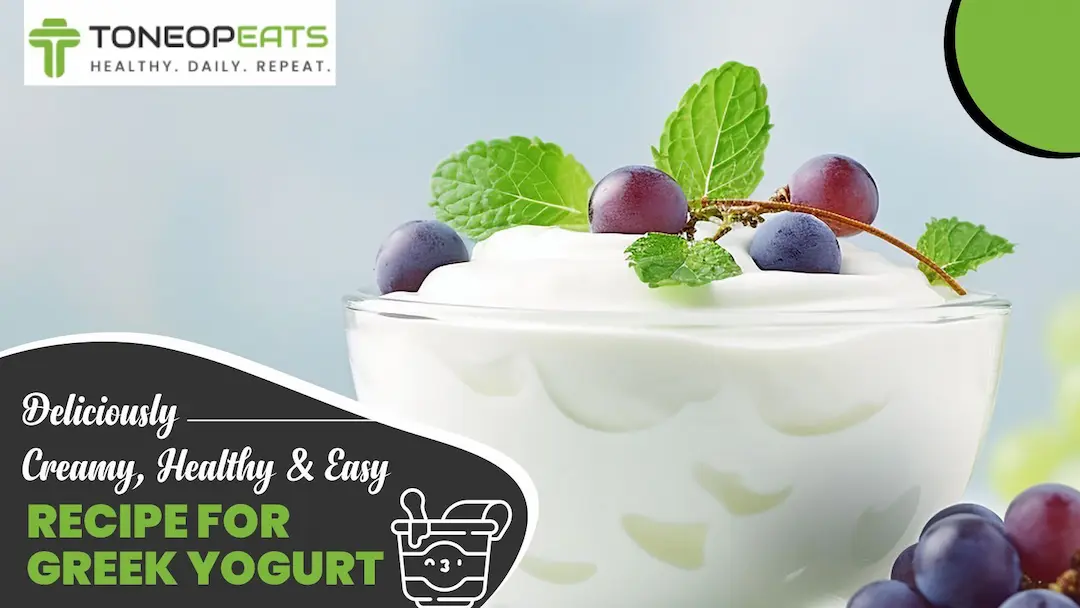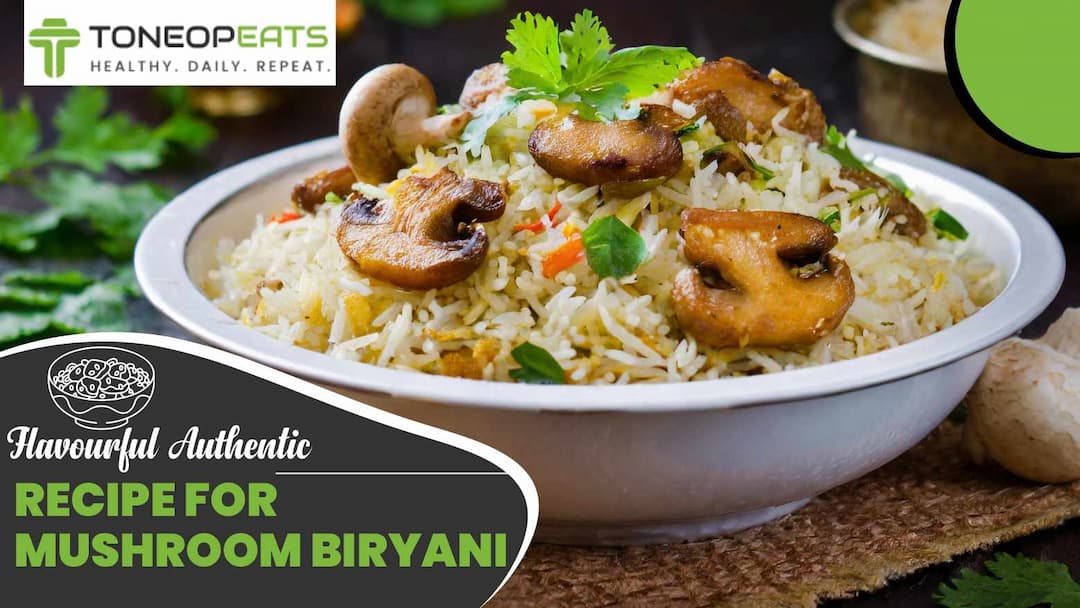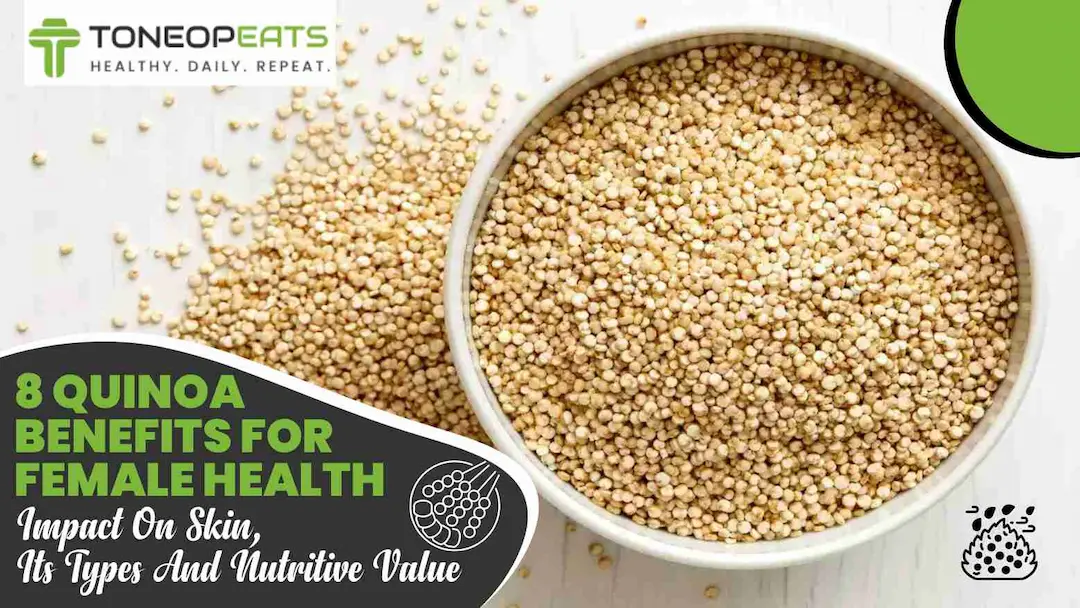Dal Khichdi is the ultimate comfort food, combining the nourishing goodness of lentils (dal) and rice into a simple yet hearty dish. It is a go-to recipe when you are looking for something light, nutritious, and easy to digest. Dal khichdi is not just a staple in many Indian households but also a wholesome meal packed with proteins, fibre, and essential nutrients. Whether recovering from an illness or just in the mood for a warm, soul-soothing bowl of food, this recipe for dal khichdi is a perfect choice, bringing a touch of home to every bite.
One of the best things about dal khichdi is how easy it is to make. Whether you are in the mood for something simple or want to jazz it up with your favourite veggies and spices, it is a dish that is as versatile as it is delicious. Perfect for anyone, from kids to adults, it is a meal that brings comfort and nutrition.
In this blog, we will share the heartiest recipe for dal khichdi with you, along with the choice of dals and veggies, its nutritional value, dal khichdi preparation and how to adjust water based on your consistency preference. Keep reading to know it all!
Table Of Contents
1. How To Make Simple Khichdi?
2. Which Dal Is Used In Khichdi?
3. What Should Be Added To Khichdi?
4. How Much Water Should Be Added To Khichdi?
5. Dietitian’s Recommendation
6. The Final Say
7. FAQs
8. References
How To Make Simple Khichdi?
Readers, do you know khichdi has a history of Anglo-Indian origin? In fact, every place and even every family has its own khichdi recipe. It is considered a one-pot wonder meal as it has complete protein, which means a simple recipe for khichdi has all the essential amino acids because it is a cereal pulse combination.
The combination of rice and lentils provides a complete protein necessary for maintaining muscle and tissue health. It is also rich in dietary fibre, aids digestion, and is good for gut health. This versatility makes the recipe for dal khichdi suitable for various occasions, from a daily meal to a special offering during festivals and religious ceremonies.
Nutritional Value of Khichdi | |
| Calories | 320- 350 kcal |
| Carbohydrates | 55-60 gm |
| Dietary fibre | 4-6 gm |
| Protein | 10- 12 gm |
| Fat | 5-7 gm |
Other nutrients will vary depending on the ingredients.
Now, let’s get to the heart of the topic. We will now share the easiest and simplest recipe for dal khichdi, so keep your notepads in hand!
List Of Ingredients For Dal Khichdi (For 2 Servings, 500gm) |
|
Preparation Method |
|
Also Read: All About Personalised Chart Of A Healthy Diet: Tips And 7 Day Diet Plan
Which Dal Is Used In Khichdi?
Traditionally, yellow split moong dal is used to make khichdi because of its nutritional properties and digestibility quotient. Being split and dehusked, it is believed to be light on the stomach and easily digested while providing essential nutrients.
According to Ayurveda, moong dal is piroshki and can balance all three doshas, i.e., Vata, pitta, and kapha, meaning it can detoxify the entire system. That’s why it is generally considered for patients during recovery after any illness or surgery.
People can also improvise khichdi with other dals, like lentils, Bengal gram dal, black urad dal, etc. Moreover, regional differences exist in choosing dal and other ingredients to make a khichdi, but the recipe for dal khichdi remains somewhat the same. Dal khichdi is naturally low in fat and cholesterol, making it a healthy lunch recipe for weight loss!
Also Read: Nutritional Value Of Upma Per 100g With Recipe To Get Maximum Benefits!
What Should Be Added To Khichdi?
Beyond the comforting taste, khichdi is also known for its health benefits. Traditionally, khichdi is often cooked with vegetables like carrots, peas, and spinach, enhancing its nutritional value with added vitamins and minerals.
Khichdi’s appeal lies in its adaptability. It can be made as a plain, lightly seasoned dish for those seeking simplicity or spiced up with ingredients like cumin, turmeric, and ghee to add depth and flavour.
In some regions, khichdi is served with accompaniments like yoghurt, pickle, or papad, making it a more elaborate meal. The following modifications can be made to improve the nutritional quality of the recipe for dal khichdi:
Ingredient To Add In Recipe For Dal Khichdi | Benefits |
| Millets |
|
| Vegetables |
|
| Garlic |
|
| Lemon juice |
|
| Leafy vegetables |
|
Also Read: Gond Katira For Weight Loss: Ways To Add It In Diet, Recipes And More!
How Much Water Should Be Added To Khichdi?

In any recipe for dal khichdi, the amount of water to be added varies based on the consistency needed and the quantity of dry grains to be added. The following guide will help you to identify how much water to add to khichdi:
Consistency | Amount of raw grains | Amount of water |
| For soupy consistency | 1 cup dal and 1 cup rice are needed. | 5-6 cups of water |
| For thick and little viscous consistency | 1 cup dal and 1 cup rice | 4-5 cups of water |
| For thick consistency | half a cup of millet and 1 cup of dal | 5 cups of water (millets need a high amount of water to get cooked properly) |
Also Read: What Is Lean Protein? Know 11 Foods, Sources, Benefits And Guidelines!
Dietitian's Recommendation
As a dietitian, I recommend following this recipe for dal khichdi to benefit your health. It can be considered a one-pot meal every day and can be made diverse at the same time. Using the different types of days, be it moong, toor, or masoor, alternately will help change the oriental-looking plate and provide different kinds of proteins and fibre that benefit the body in equal measures.
The basic dish is already quite tasty, and cutting up a rainbow of seasonal vegetables like carrots, spinach, and peas can only add more vitamins and minerals to it. If you want to control your weight or keep yourself charged up all the time, you might want to try brown rice khichdi or quinoa khichdi.
Products based on these whole grains do not quickly affect glycemic levels and do not make you feel hungry for extended periods. This means that dal khichdi can be made as easy or complicated as one likes; therefore, it is flexible and can fit into anyone’s eating regime.
Dt. Aditi Upadhyay
The Final Say
This recipe for dal khichdi is not just about making a simple dish–this meal fulfils the concept of nourishment by being both tasty and healthy while remaining easy to prepare. Whether you want comfort food when lying in bed on a Sunday afternoon or want to eat something healthy to bolster a wellness regime, this recipe for dal khichdi fits the bill perfectly.
It is very simple to prepare and can be made according to your preferred vegetables and spices. This meal contains proteins, fibre, vitamins, and other nutrients. Indeed, this best khichdi recipe is quite simple and sensationally delicious. At the same time, each portion makes you feel satisfied and receives vital nutrients, so it can remain a fan-favourite comfort food whenever you need it!
FAQs
1. Is dal khichdi healthy?
Yes, indeed! This dish is rich in protein, fibre, and vitamins and is also a rich source of calcium and iron. Plus, it is low in fat and cholesterol, so it's a nutritious and healthful meal overall.
2. Is dal khichdi good for weight loss?
Yes, dal khichdi is a healthy choice for people who are attempting to reduce weight because it is low in fat and cholesterol.
3. What is the ratio of rice and dal in khichdi?
The proportions may differ slightly based on the type of dal you use. But it can be between 3 part of rice and 1 cup of dal and 2 part of rice and 1 part of dal.
4. Is dal khichdi healthy for babies and elderly people?
Yes, dal khichdi is easily digestible and can be made soft, making it suitable for babies and the elderly. It’s often recommended as a first solid food for infants and a light, nourishing meal for those recovering from illness.
References
- Khichdi Recipe with Moong Dal - Swasthi's Recipes (indianhealthyrecipes.com)
- Simple Rice Khichdi Recipe - Plain Moong Dal Khichdi for Babies and Everyone (foodviva.com)
- 7 popular types of Khichdi from across India | Times of India
- Dal Khichdi: A Healthy And Comforting Meal For All - PotsandPans India
- 7 Popular Varieties Of Khichdi From Across India You Must Try - NDTV Food
About ToneOp Eats
ToneOp Eats is your go-to health kitchen, delivering nourishing meals in Bhopal, Indore & Bangalore. The meals are prepared with strategically planned nutrition and portions for your health goal. With just three simple steps, you can subscribe to a meal plan for weight loss, muscle gain, or balanced diet goals. Experience the perfect blend of taste and wellness in our nutrient-dense and calorie-counted range of meals, including protein-rich grills and meal bowls, full of fibre salads & smoothies, workout-friendly protein 30,40,50 meals and refreshing juices!









